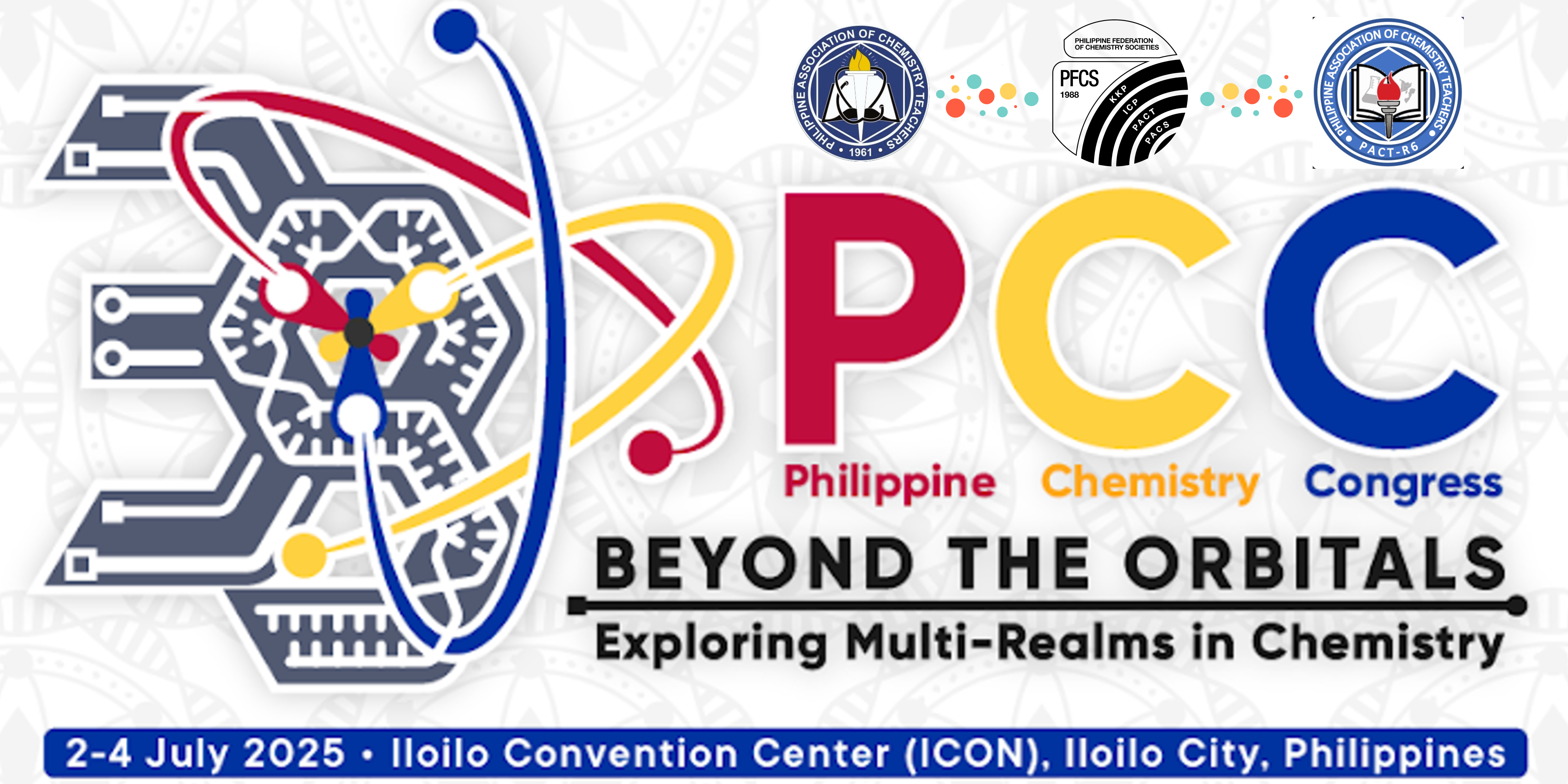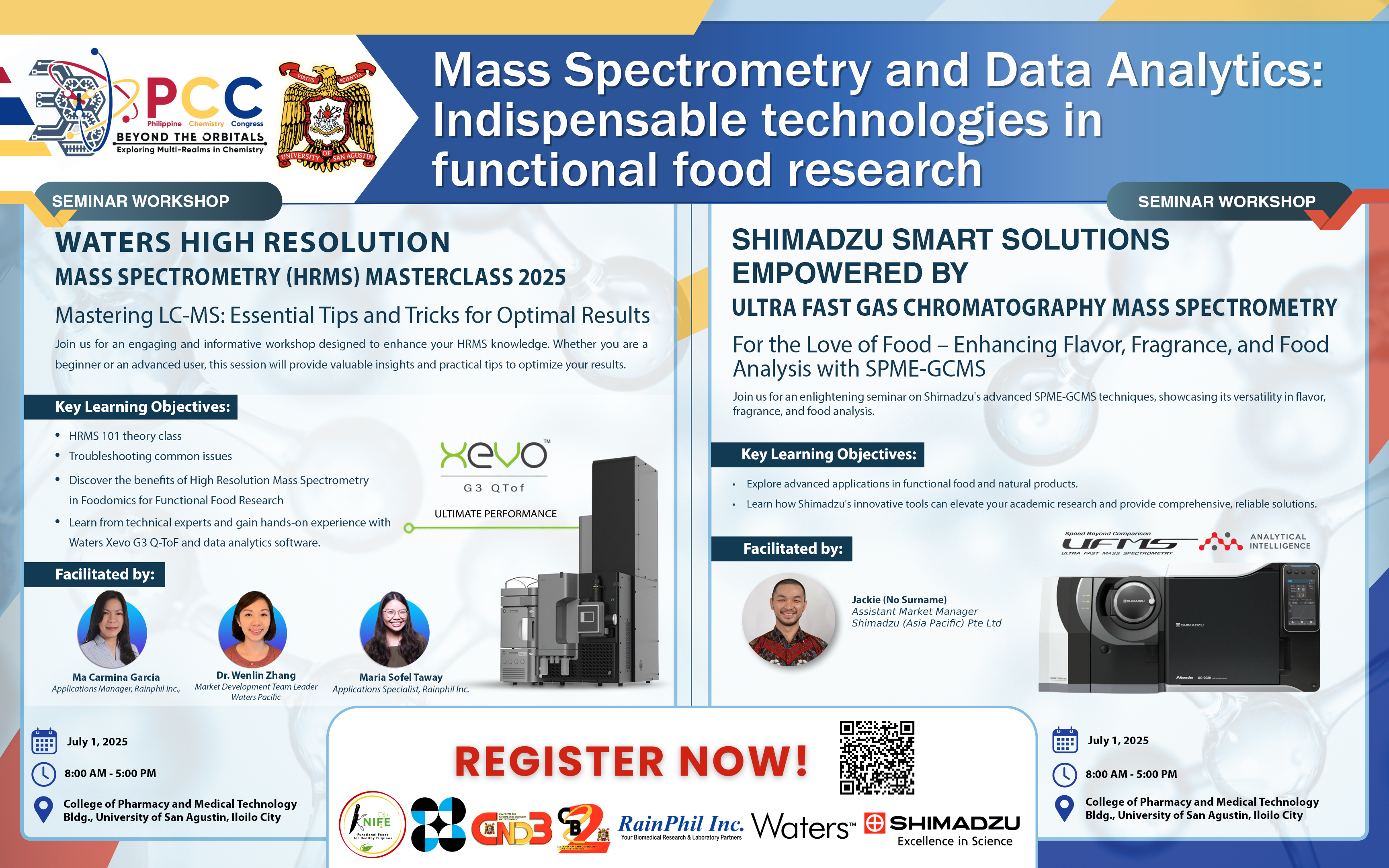By: Adam Ong and Gabriel Yason
In March 2020, the Philippines was placed into lockdown due to COVID-19. For schools, this meant having to conduct classes online. This was a big change for both the schools and its students. Chemistry in particular, which was a subject that involved a lot of hands-on experiments, was having difficulty. The laboratories and classrooms normally used for experiments weren’t able to be used due to the restrictions on gatherings.
So in order to work around the loss of access to the laboratories and in person instruction, teachers and the schools we work at have had to make use of online and at home alternatives. The first of those being Online Science Sites that provide virtual simulation labs, science materials for teaching and games that allow students to see chemical concepts in action. For example, the website PhET has a game that shows how energy in its different forms and how it changes into them.

Additionally, finding the video materials to demonstrate lab activities and procedures was yet another niche taken over by these websites. Not every Chemistry Teacher has a set at home so it was sites like the Jove journal that allowed teachers to show students how to do these things with a catalog of videos. Be it Protocols for Testing the Toxicity of Novel Insecticidal Chemistries to Mosquitoes by Brito-Sierra, Kaur, and Hill (2019).
Similarly, for colleges and universities, websites like the one owned by Labster offered access to Virtual Reality Simulations of Lab scenarios. And by doing so, fulfilling the need for students to have practical experience reaching out and “using” equipment and chemicals right in front of them.
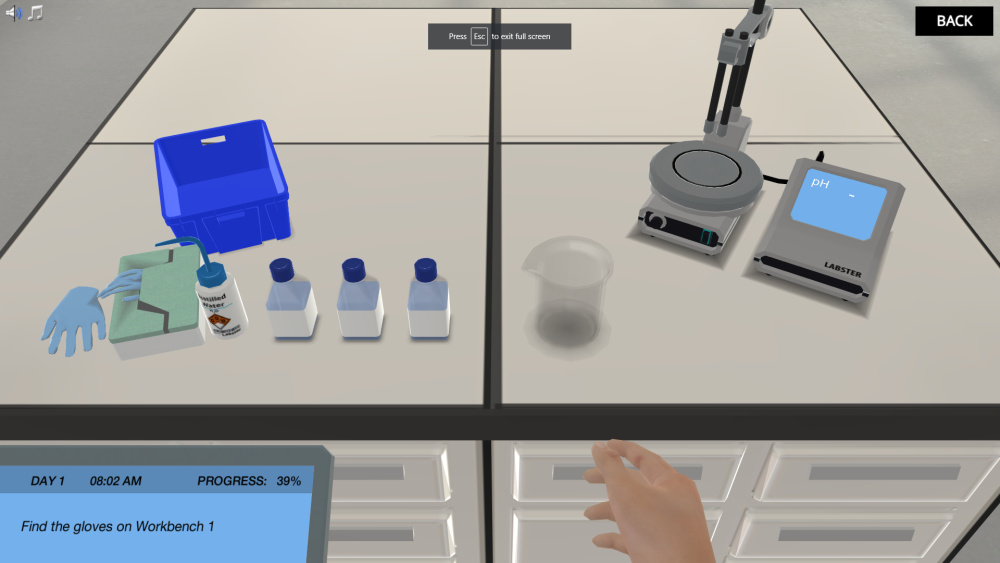
On the other hand, these websites and simulations weren’t the only way that teachers adapted to the online environment. They also found ways to facilitate “Kitchen Chemistry” at home, experiments that empower students to understand scientific concepts while using materials that can easily be found in the Kitchen at home. Such as, the experiment Walking Water, that only required food coloring, paper towels and three glasses to demonstrate the principle of capillary action through the movement of colored water through the paper.
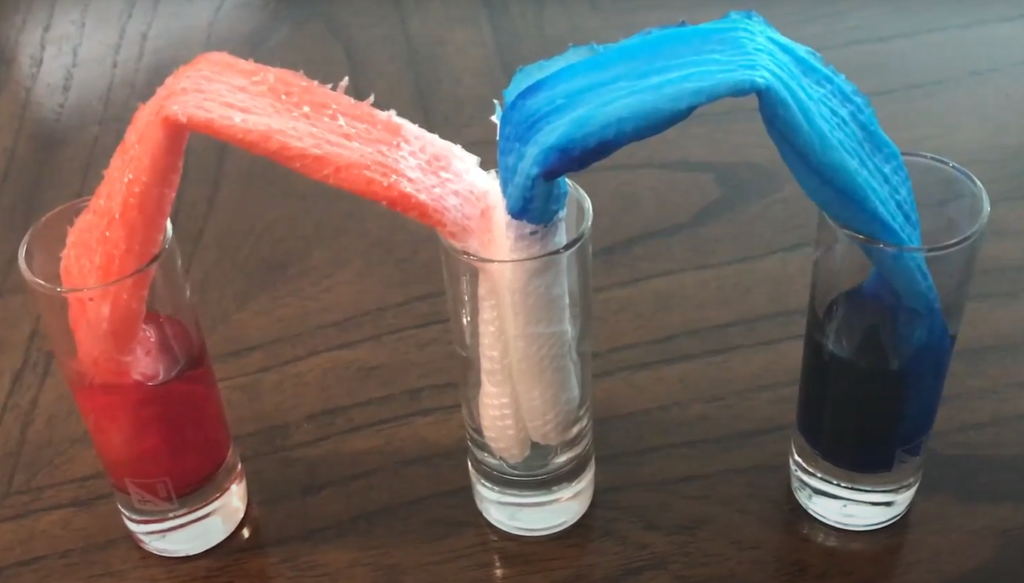
While the use of Kitchen Chemistry was also effective and interesting, schools such as Ateneo De Manila needed students to use more advanced materials. So the Ateneo University’s School of Science and Engineering’s Department of Chemistry decided to send out Chemistry SoSE ChemistryLab@Home Kits full of items like chemical reagents, digital multimeters and pH meters that can’t be substituted by items at home.
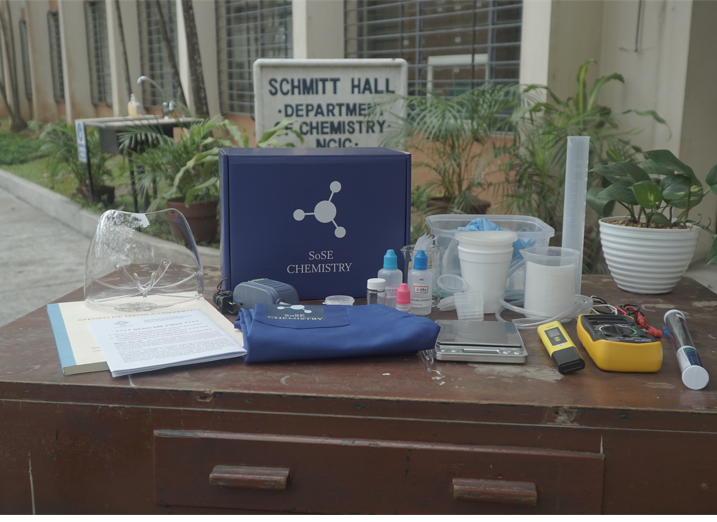
All of these solutions, the online web sources, Kitchen Chemistry and Home Lab Kits, show perseverance when confronted with unexpected scenarios. Chemistry Education suffered from the lockdown but teachers here in the Philippines made the best of a bad situation with these solutions.


